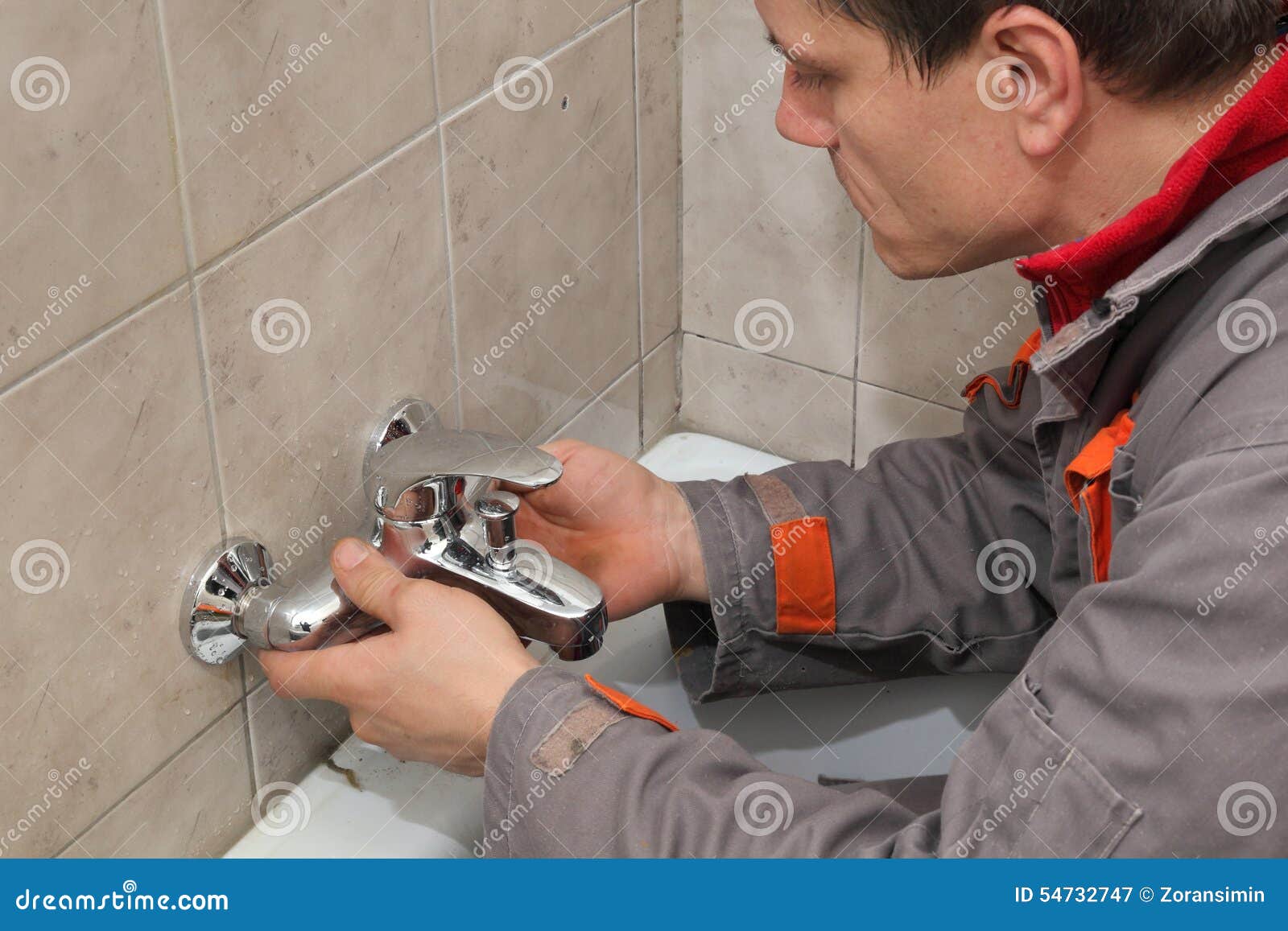Avoiding And Moreover Detecting Water Leaks In The House
Avoiding And Moreover Detecting Water Leaks In The House
Blog Article
The common toilet in our home is made up of different parts. You have the ceramic toilet a toilet seat attached to it and a flush tank. Some toilets do not have a flush tank and water is passed to flush the toilet directly through a broad water pipe.
Providing these running toilet things are fine there is the chance that the cord running to the disposal has developed a short or a wire has become disconnected. You will need to disassemble the unit to verify all wires remain securely fastened. The last conclusion is that the motor has burned out, in which case you will need to replace the disposal unit.
There are two, one on each side of the toilet, closet bolts which hold the toilet to the floor. If there are caps over the bolts, remove or pop them open. Using a small crescent wrench unscrew the nuts from the bolts. Alternate side to side when unscrewing this will be much more important when reinstalling the water line repair bolts but alternate anyhow.
Leaks can occur anywhere in your reverse osmosis water filter system. If this ever occurs, check the source of the leak. It may be from the hoses, fittings and the valves. Most of the time, some kind of tightening might be necessary. So make sure to securely tighten the fittings. If this does not work, you may need to replace the filter itself, however that might take a bit more work.
Dirty waste water, after all, leaves your house following the law of gravity. Waste water goes downward to the sewer or septic tank, nice and easy. Behind this simple rule is the multitude of vents and traps to keep the process of waste removal possible. Vents allow air to fill drainpipes, precious air that allow waste water outflow. Traps are those curved S-shaped sections of the pipes under the sink drain. Traps perform a crucial role in forcing most of the water through the drainpipe, but leaving some to seal the area and prevent sewer gas from backing up.
Check that your plug holes and waste outlets are clear of hair and solidified soap also check the "U" bends or traps under your sinks for potential blockages. Occasionally pour boiling water line repair down your sinks and shower wastes not forgetting the washing machine trap. Look outside too for any weeds or leaves that may be blocking gutters, gully's and waste outlets.
Turn the water off at the main shutoff valve at the street. You should be able to take a pair of pliers(or your bare hands) and turn the valve at the water meter to shut off the water to your home. Once you have shut off the water you can cut the pipe around the leak and make the repair.
Re-coat the RV roof every two years. There are a several products for re-coating your RV's roof. Many will products recommend to re-coat every year, but it's not necessary, every two years is perfectly fine. A great affordable option is Camco RV Pro-Tec Rubber Roof Care System.